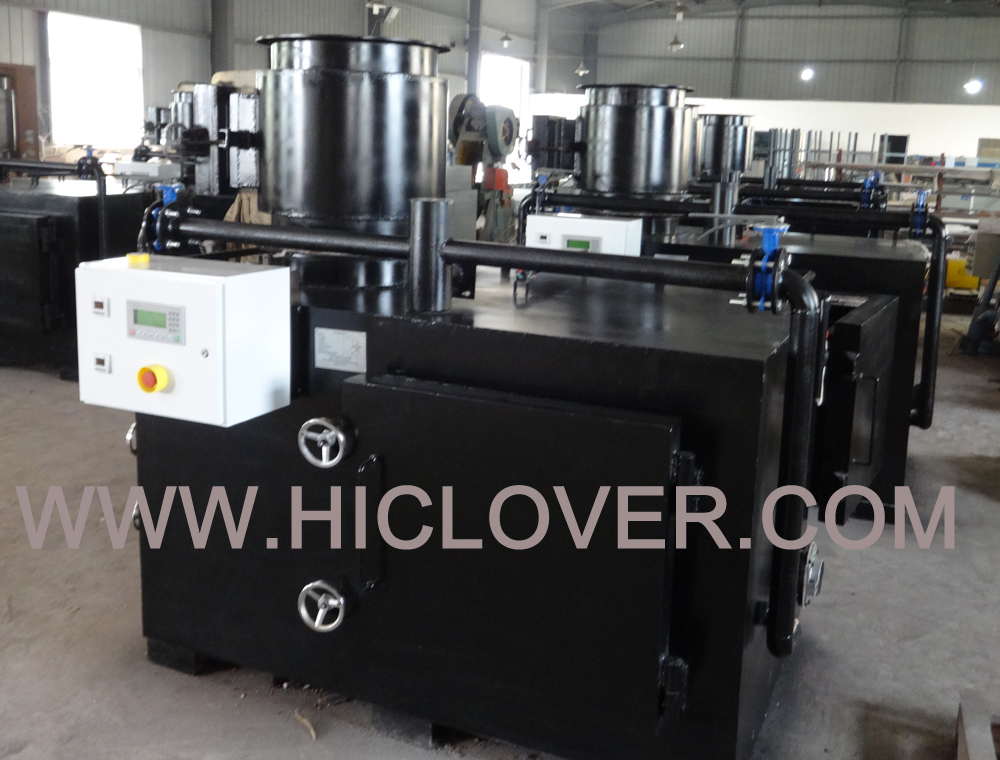Waste management is a major challenge for cities around the world. With the increasing population and urbanization, the amount of waste generated is also on the rise. However, waste does not have to be a burden on the environment. In fact, with the right technology, it can be transformed into a valuable resource. This is where incinerators come in.
Incineration is a process that involves burning waste to produce energy. The heat generated from the burning process can be used to produce steam, which in turn can be used to power turbines and generate electricity. This not only contributes to reducing the amount of waste in landfills but also provides a sustainable source of energy.
One of the major benefits of incineration is that it helps to reduce the volume of waste significantly. When waste is burned at high temperatures, it is reduced to ashes, which take up much less space than the original waste. This means that less waste needs to be disposed of in landfills, which are often a major source of pollution and environmental degradation.
Moreover, incinerators can also be used to generate heat for district heating systems, which supply hot water and heating to residential and commercial buildings. This not only reduces the reliance on fossil fuels but also helps to lower greenhouse gas emissions.
In addition to providing energy, incineration also allows for the recovery of valuable materials such as metals and glass from the waste stream. These materials can be recycled and reused, contributing to a more circular economy and reducing the need for new raw materials.
Furthermore, modern incinerators are equipped with advanced pollution control technologies that help to minimize the environmental impact of the burning process. For example, scrubbers and filters are used to remove harmful pollutants from the gases produced during incineration, ensuring that the air remains clean.
However, it is important to note that not all waste is suitable for incineration. Hazardous materials, such as chemicals and radioactive waste, should be carefully managed and disposed of in specialized facilities to avoid environmental and health risks.
Despite the numerous benefits of incineration, it is not without its challenges. One of the main concerns is the potential release of harmful emissions such as dioxins and heavy metals. To address this, stringent regulations and monitoring systems need to be in place to ensure that emissions are kept within safe limits.
Overall, incinerators play a vital role in the transition towards a more sustainable and circular economy. By turning waste into a valuable resource, they help to reduce the environmental impact of waste disposal and contribute to the generation of clean and renewable energy. With the right technology and regulations, incinerators can be a key component of sustainable waste management and energy solutions.



